Critically Endangered Species on Earth (2023)
Introduction :
Endangered species are animals that are at risk of becoming extinct, meaning that their populations are so low that they may no longer exist on Earth. This critical status is often the result of various factors, including habitat loss, pollution, climate change, poaching, and disease. The decline in the numbers of these species poses a significant threat to biodiversity, as each organism plays a crucial role in maintaining the balance of ecosystems.
The International Union for Conservation of Nature (IUCN) is a global authority that assesses the conservation status of species worldwide. According to the IUCN Red List, species can be classified into various categories such as “Critically Endangered,” “Endangered,” and “Vulnerable,” based on the severity of their decline and the threats they face.

Amur Leopard (Panthera pardus orientalis):
The Amur leopard is a critically endangered subspecies of leopard. It has a pale, cream-colored coat with large, widely spaced rosettes.
The Amur leopard is primarily found in the temperate forests of southeastern Russia and parts of northern China. It thrives in habitats with a mix of broadleaf and coniferous trees, as well as areas with suitable prey populations.
Conservation Status: Critically Endangered
Population: Amur leopards are probably the rarest big cat in the world Listed as critically endangered since 1996, in 2022, 125 adult Amur leopards were identified in Russia and 46 in China in 2019.
Lifespan: 10-15 years
Taxonomy:
Kingdom – Animalia,
Phylum – Chordata,
Class – Mammalia,
Order – Carnivora,
Family – Felidae,
Genus – Panthera,
Species – P. pardus,
Subspecies – P. pardus orientalis
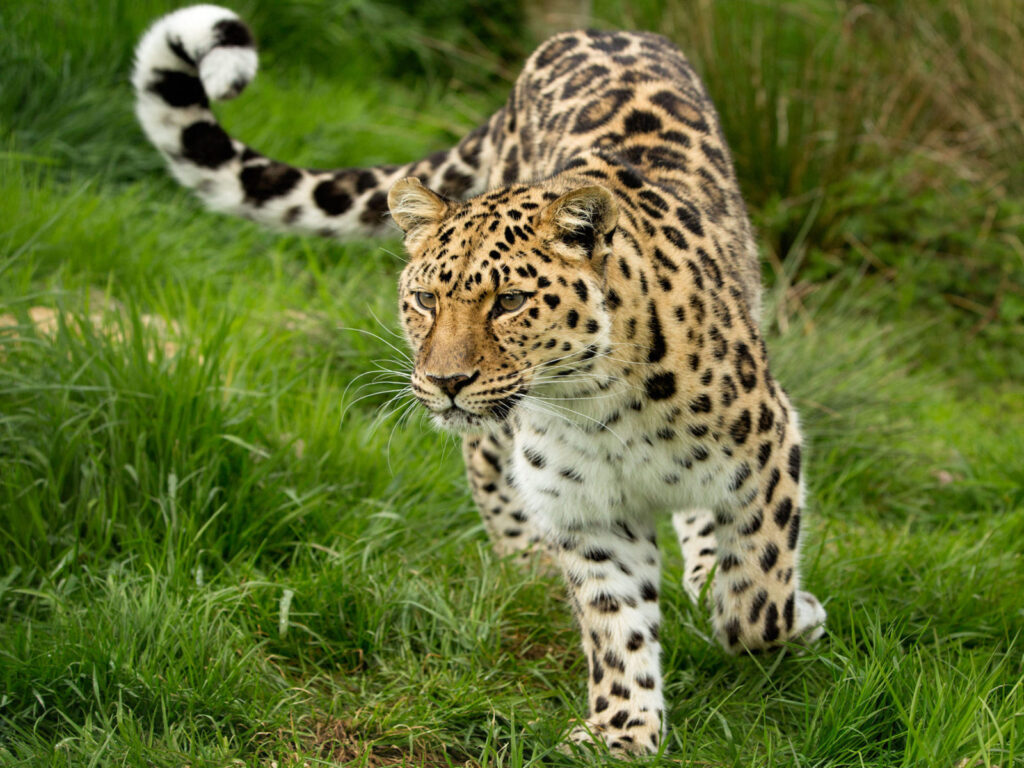
Vaquita (Phocoena sinus):
The vaquita is a small porpoise endemic to the Gulf of California. It has a distinctive black ring around its eyes and dark patches on its lips.
Vaquitas are found exclusively in the northern part of the Gulf of California. They prefer shallow, murky, coastal waters, particularly around the edges of the Gulf, and are often associated with areas rich in fish and squid.
Conservation Status: Critically Endangered
Population: vaquita’s historical range, 10-13 is considered a minimum estimate of the number of vaquitas left. That estimate is roughly the same as what was estimated from the last survey in October 2021
Lifespan: Up to 21 years
Taxonomy:
Kingdom – Animalia,
Phylum – Chordata,
Class – Mammalia,
Order – Cetacea,
Family – Phocoenidae,
Genus – Phocoena,
Species – P. sinus
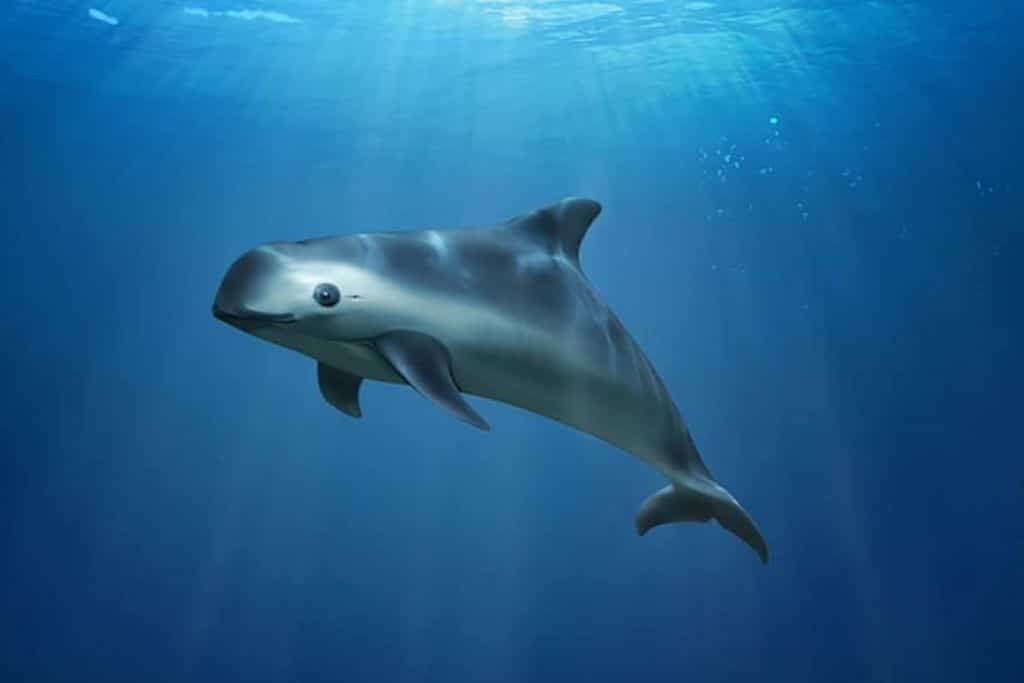
Sumatran Orangutan (Pongo abelii):
The Sumatran orangutan is one of the two species of orangutans. It has longer hair than its Bornean counterpart and a longer face.
The Sumatran orangutan is endemic to the island of Sumatra in Indonesia. It inhabits tropical rainforests, preferring both lowland and montane forests. These orangutans are adapted to an arboreal life, spending much of their time in trees.
Conservation Status: Critically Endangered
Population: There are an estimated 57,000 Bornean Orangutans, 13,000 Sumatran Orangutans and 800 Tapnauli Orangutans left in the wild. Orangutans are currently classed as Critically Endangered on the IUCN Red List of Threatened Species.
Lifespan: 50-60 years
Taxonomy:
Kingdom – Animalia,
Phylum – Chordata,
Class – Mammalia,
Order – Primates,
Family – Hominidae,
Genus – Pongo,
Species – P. abelii
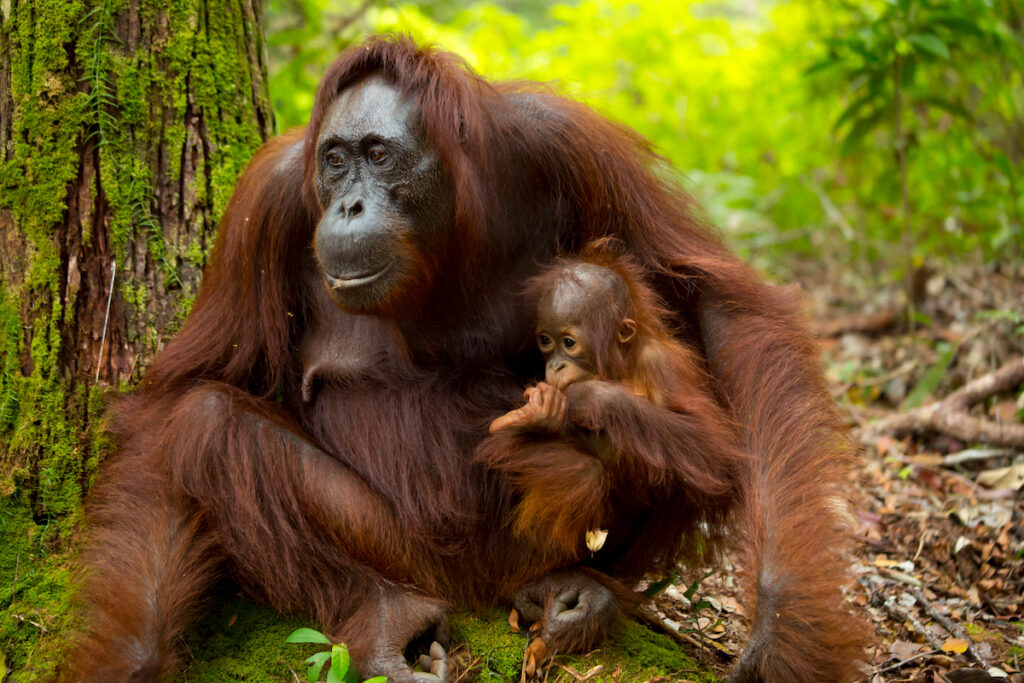
Javan Rhino (Rhinoceros sondaicus):
The Javan rhino is one of the rarest large mammals. It has a single horn and a heavily folded, armor-like skin.
Javan rhinos are primarily found in Ujung Kulon National Park on the island of Java in Indonesia. They inhabit dense lowland rainforests, but they also can be found in grasslands, savannas, and swamps.
Conservation Status: Critically Endangered
Population: The estimated 77 Javan rhinos live in one place, Ujung Kulon National Park (UKNP), and are protected and monitored by dedicated teams, working closely with National Park staff.
Lifespan: 30-40 years
Taxonomy:
Kingdom – Animalia,
Phylum – Chordata,
Class – Mammalia,
Order – Perissodactyla,
Family – Rhinocerotidae,
Genus – Rhinoceros,
Species – R. sondaicus
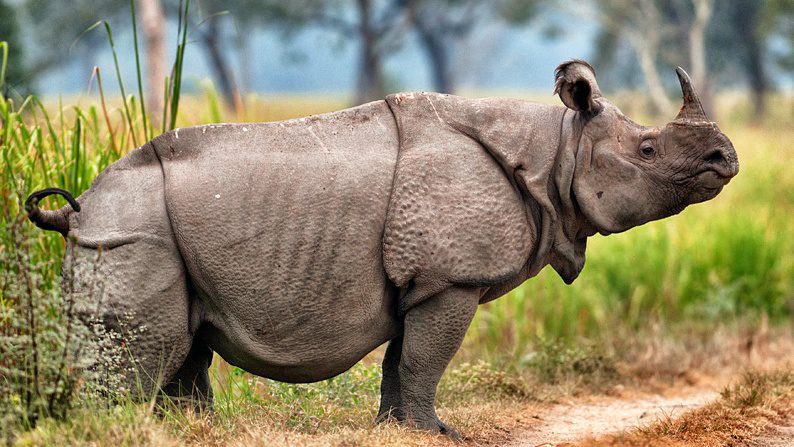
Hawksbill Turtle (Eretmochelys imbricata):
The hawksbill turtle is a marine turtle with a distinctive beak-like mouth. Its shell is ornately patterned.
Hawksbill turtles are found in tropical and subtropical oceans, predominantly in coral reefs. They also inhabit rocky areas, shallow coastal areas, lagoons, and mangroves.
Conservation Status: Critically Endangered
Population: There are difficulties in accurately assessing population size, but a recent estimate of adult nesting females of 8,000+ has been made. There are only 5 populations worldwide with more than 1,000 females nesting annually.
Lifespan: 30-50 years
Taxonomy:
Kingdom – Animalia,
Phylum – Chordata,
Class – Reptilia,
Order – Testudines,
Family – Cheloniidae,
Genus – Eretmochelys,
Species – E. imbricata
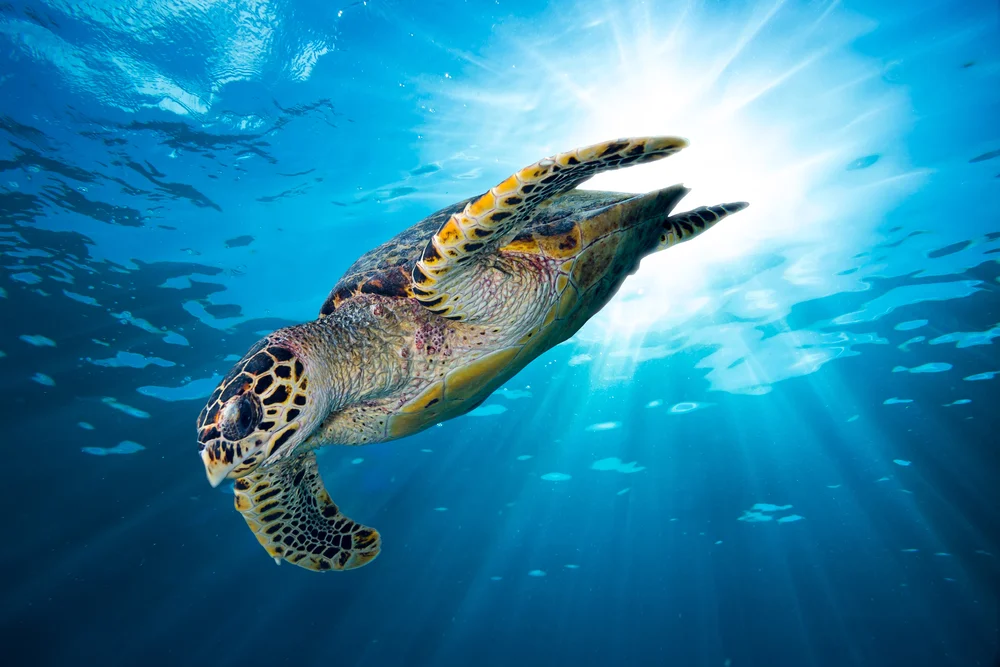
Yangtze Finless Porpoise (Neophocaena asiaeorientalis ssp. asiaeorientalis):
The Yangtze finless porpoise has a lack of dorsal fin, a rounded head, and a stocky body.
The Yangtze finless porpoise is native to the Yangtze River and its connected lakes in China. It prefers slow-moving, freshwater environments and is adapted to both river and lake habitats.
Conservation Status: Critically Endangered
Population: There are less than 2000 fresh water Yangtze finless porpoises remaining, of which 100 live in semi-natural reserves. This low number makes the species critically endangered.
Lifespan: Up to 30 years
Taxonomy:
Kingdom – Animalia,
Phylum – Chordata,
Class – Mammalia,
Order – Cetacea,
Family – Phocoenidae,
Genus – Neophocaena,
Species – N. asiaeorientalis,
Subspecies – N. a. ssp. asiaeorientalis

Sumatran Elephant (Elephas maximus sumatranus):
The Sumatran elephant is the smallest of the Asian elephants. It has smaller ears and is more rotund than its counterparts.
Sumatran elephants are found on the island of Sumatra in Indonesia. They inhabit a variety of ecosystems, including lowland forests, peat swamps, and montane forests.
Conservation Status: Critically Endangered
Population: The population of wild Sumatran elephants now stands at an estimated 924-1,359 individuals — a drop of 52-62% over the 2007 figure.
Lifespan: 60-70 years
Taxonomy:
Kingdom – Animalia,
Phylum – Chordata,
Class – Mammalia,
Order – Proboscidea,
Family – Elephantidae,
Genus – Elephas,
Species – E. maximus,
Subspecies – E. m. sumatranus
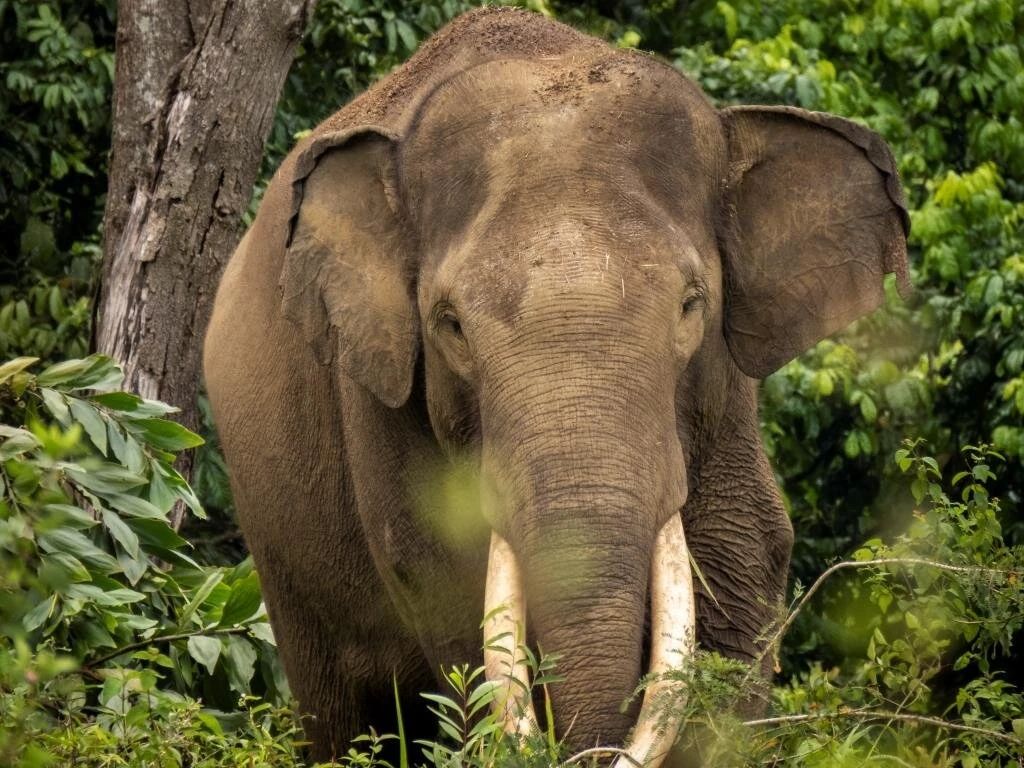
Kakapo (Strigops habroptilus):
The kakapo, or night parrot, is a large, nocturnal, flightless parrot native to New Zealand. It is critically endangered.
The kakapo, or night parrot, is native to New Zealand. Historically, it inhabited a range of environments, including forests, grasslands, and alpine areas. However, it is currently limited to a few predator-free offshore islands.
Conservation Status: Critically Endangered
Population: When the Kākāpō Recovery Programme was established, there were only 51 known birds. After bumper breeding seasons in 2019 and 2022, the population reached a high of 252 and as at October 2023, sits at 247.
Lifespan: 60-90 years
Taxonomy:
Kingdom – Animalia,
Phylum – Chordata,
Class – Aves,
Order – Psittaciformes,
Family – Strigopidae,
Genus – Strigops,
Species – S. habroptilus
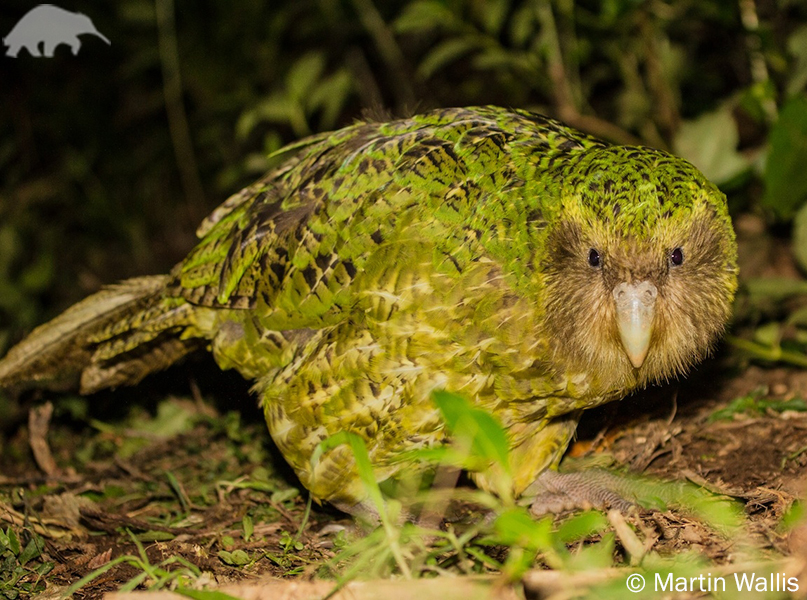
Philippine Eagle (Pithecophaga jefferyi):
The Philippine eagle is one of the world’s largest eagles. It has a distinctive appearance with a strong, hooked beak.
The Philippine eagle is endemic to the Philippines and is found in various habitats, including primary and secondary tropical forests in steep mountainous areas.
Conservation Status: Critically Endangered
Population: They are also listed as critically endangered by the International Union for Conservation of Nature (IUCN) with an estimated number of only 400 pairs left in the wild.
Lifespan: 30-60 years
Taxonomy:
Kingdom – Animalia,
Phylum – Chordata,
Class – Aves,
Order – Accipitriformes,
Family – Accipitridae,
Genus – Pithecophaga,
Species – P. jefferyi
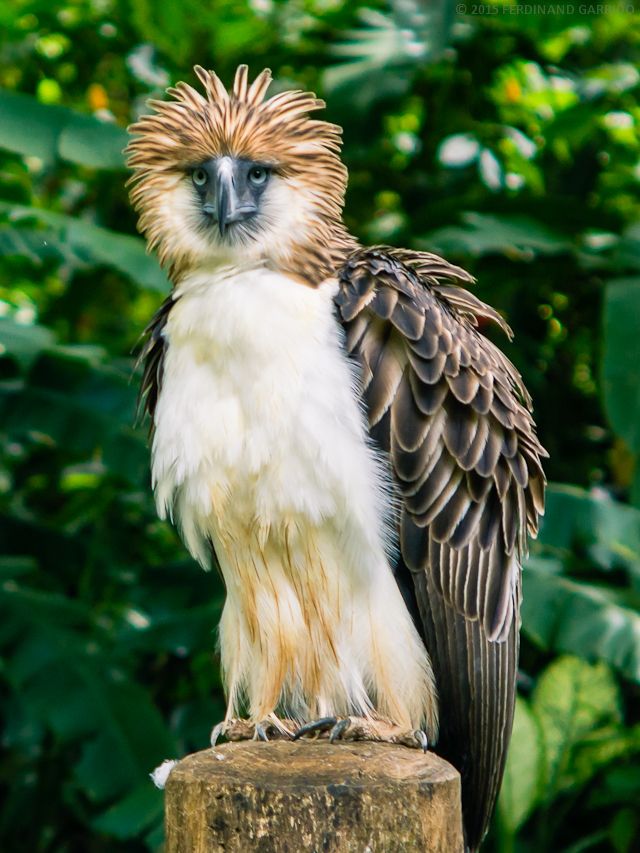
Understanding and protecting these diverse habitats are crucial for the conservation of these endangered species. Conservation efforts often involve preserving and restoring these natural environments while addressing the various threats that these species face.